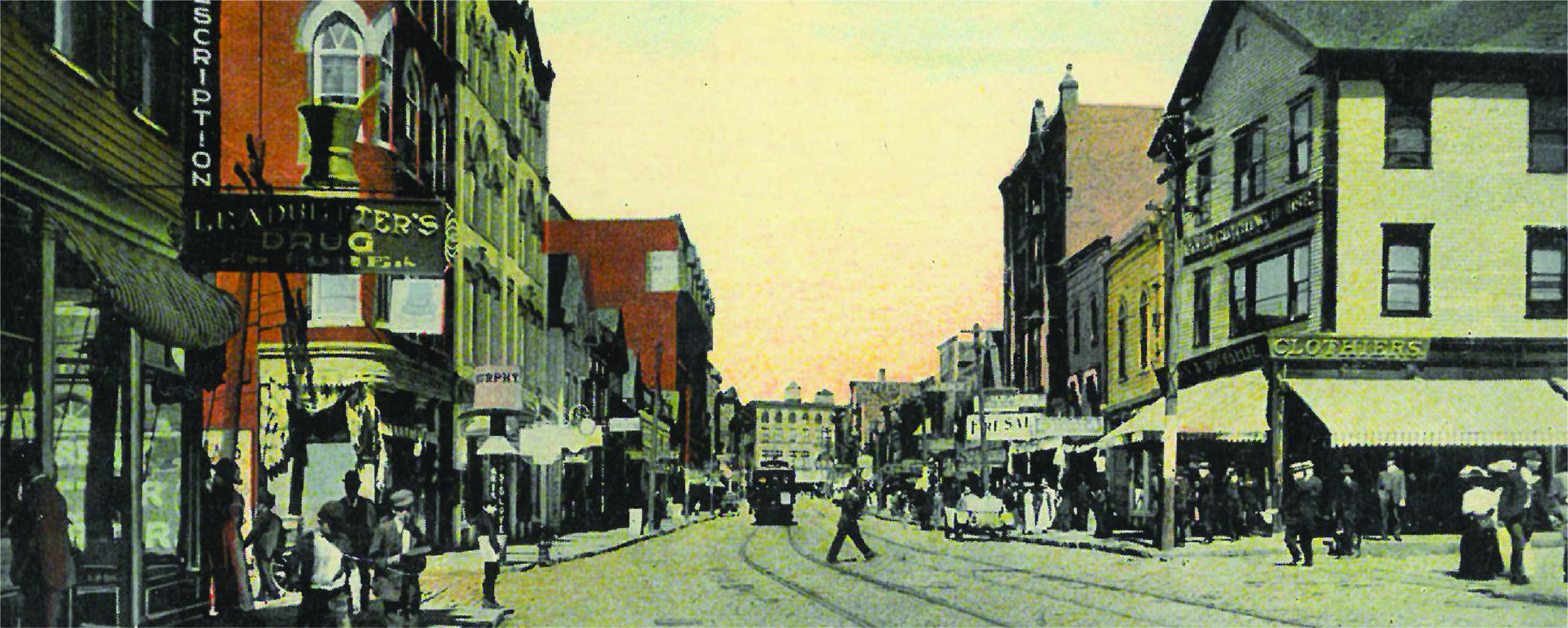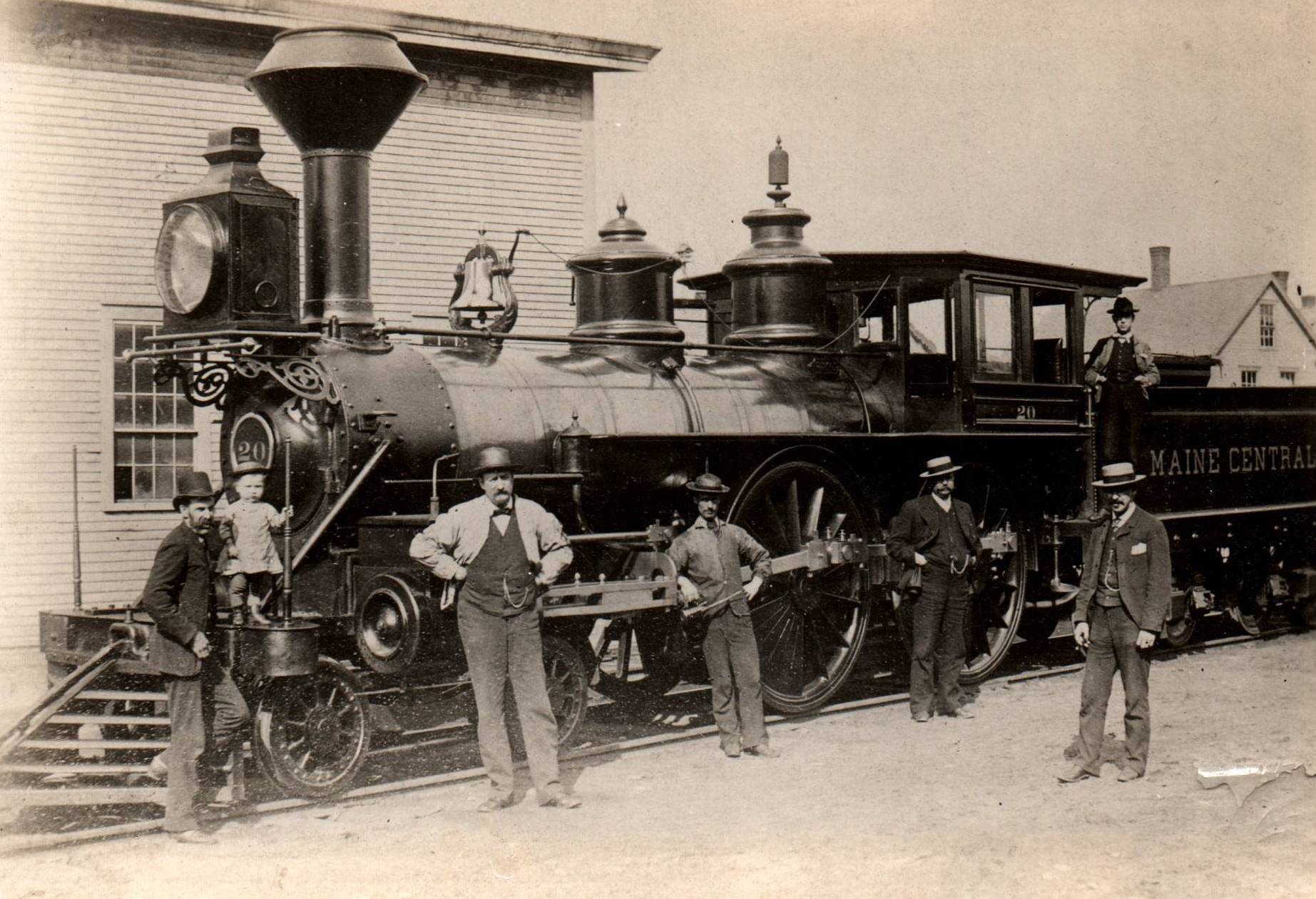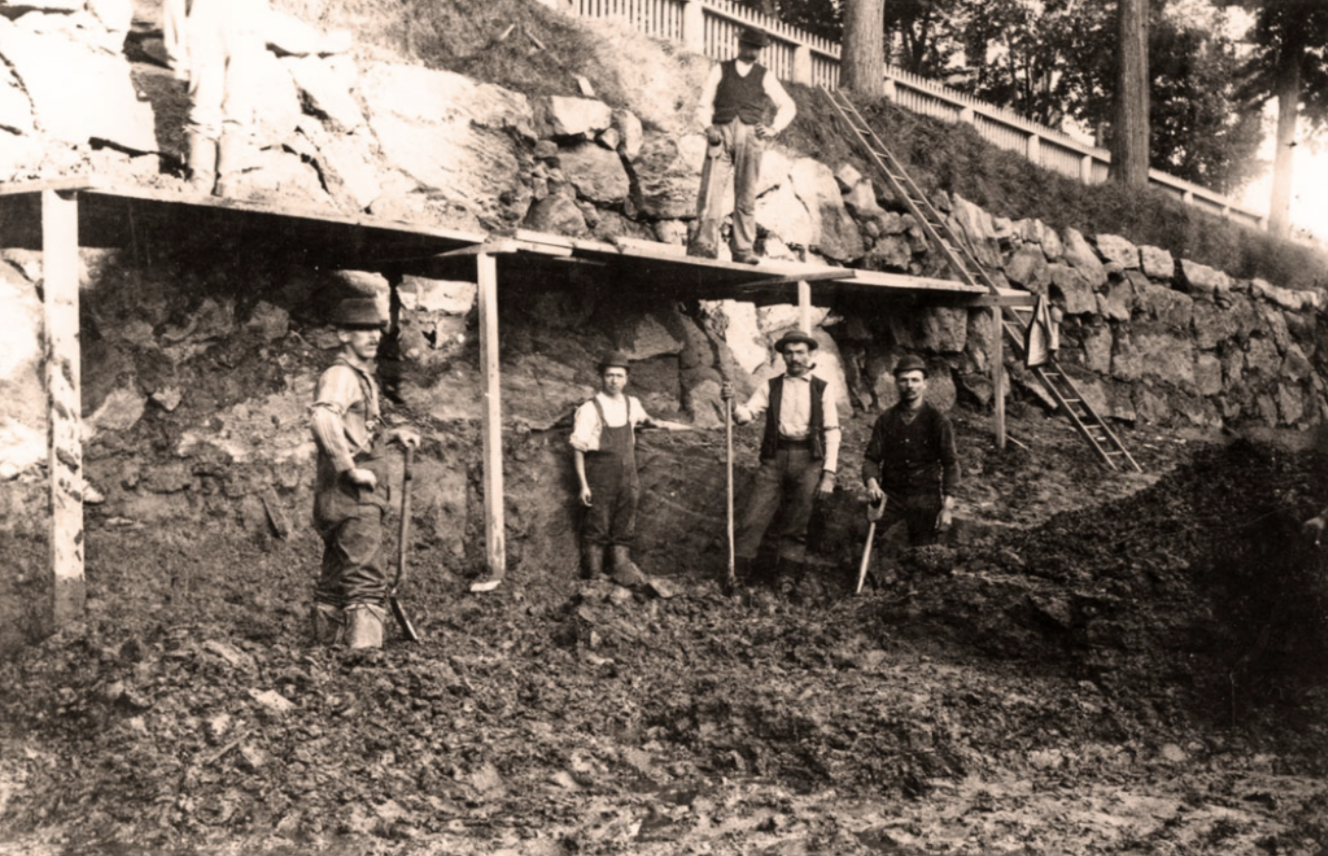Learn
Immigration
Immigration and Identity in Maine
Immigration and identity have long been central, and often contested, issues at the local, national, and global levels. According to the United Nations International Migration Report, an estimated 281 million people currently live outside their country of origin. Two-thirds of these individuals reside in just 20 countries. The United States is the largest destination country, hosting 51 million international migrants in 2020.
Maine’s immigration story reflects these broader global patterns. Immigration has shaped the state for centuries and continues to transform communities today.

Native Americans
The Wabanaki, or “People of the Dawnland,” are the Indigenous peoples of northern New England and eastern Canada. Their confederacy includes the Penobscot, Passamaquoddy, Mi’kmaq, and Maliseet nations, whose presence in the region stretches back at least 13,000 years, according to archaeological evidence.
Beginning in the late 17th century, colonial wars devastated Wabanaki homelands, and English settlers razed their towns. This destruction was part of a broader colonial agenda to dispossess Indigenous peoples of their land. Place names today reflect this legacy: Pejepscot became Brunswick, named for a German duchy, while Amitgonpontook became Auburn, named after an 18th-century British poem.
Despite centuries of upheaval, the Wabanaki endured and adapted. Today, many Wabanaki people live and work in Lewiston-Auburn and continue to shape the region’s cultural life.
Irish
Between 1847 and 1857, large numbers of Irish laborers arrived from Boston to build Lewiston’s railroads, canals, and mill infrastructure. By 1850, Lewiston had the highest proportion of Irish residents relative to its population of any Maine city. Immigration continued through the 1870s as mills expanded.
French-Speaking Canadians
From 1845 to 1857, many French-Canadian families left Quebec, where depleted farmland limited agricultural opportunities. Some sought better farmland, while others migrated seasonally to supplement incomes. The opening of Lewiston’s Grand Trunk Station in 1874 connected the city directly to Montreal, fueling mass migration by train. Thousands settled in Lewiston-Auburn, drawn by industrial jobs.
By 1920, Franco-Americans represented nearly half of Lewiston’s population. Their continued use of French and their strong Roman Catholic identity often brought them into conflict with the Anglo-Protestant establishment. In 1919, the Maine Legislature banned French in public schools, an attempt to erode Franco culture. Social and political tensions deepened during the 1920s, when the Ku Klux Klan, emboldened by nativist and anti-Catholic sentiment, targeted Franco-American communities through intimidation campaigns, cross burnings, and public demonstrations.
Today, Franco-Americans remain Maine’s largest ethnic group, comprising about 20% of the state’s population and 60% and 30% of the populations of Lewiston and Auburn, respectively.
Chinese
Although Chinese immigration is more often associated with the West Coast, some Chinese immigrants settled in Maine. Census records suggest that many early arrivals worked in restaurants. While their numbers remained small, Chinese immigration provoked national debates about race, labor, and belonging.
Eastern European Jews
Jewish families from Russia and Poland began arriving in the 1860s, often working first as peddlers before establishing shops. Anti-Semitism was a reality: in 1892, Lewiston’s Franco newspaper Le Messager republished the antisemitic legend of the “Wandering Jew” alongside negative commentary about local Jews. Community members, including Solomon Robitscheck, pushed back, condemning the attack as unfair and unworthy of a respected paper.
Black Residents
Africans arrived in Maine alongside early European settlers. While slavery existed, many Black Mainers were mariners or free settlers. In 1810, 78 Black residents lived in the Lewiston-Auburn area, though numbers declined mid-century before rebounding to 25 by 1870. Primus Shapley is recognized as Auburn’s first African American settler.
Somali Community
Since the early 2000s, approximately 5,000 Somali immigrants have made Lewiston their home, drawn by affordable housing, good schools, and low crime rates. Their arrival sparked backlash:
- 2002: The mayor of Lewiston publicly discouraged immigration, claiming it would strain social services.
- 2003: The Ku Klux Klan and white nationalists demonstrated in support of the mayor; more than 4,000 counter-protesters gathered at Bates College.
- 2006: A pig’s head was thrown into a local mosque in a targeted act of hate.
- 2016: At a political rally, Somali refugees were falsely blamed for rising crime, despite crime rates actually declining.
Many Somali Bantu families arrived during this same period, forming a distinct subgroup within Lewiston’s broader Somali community.




Maine and Slavery
Not all people arrived in Maine by choice. Enslaved Africans were brought to the region beginning with the earliest European settlements, and some Native people were also captured and forced into slavery. The first U.S. Census, taken while Maine was still part of Massachusetts in 1790, recorded enslaved people in the region. Historical records show that Kittery (present-day Eliot, Berwick, and South Berwick) was home to as many as 500 enslaved individuals.
During the Civil War era, Maine’s economy was closely tied to slavery through its reliance on Southern cotton. The Bates Manufacturing Company illustrates this connection. Anticipating disruptions in supply as war approached, Benjamin Bates stockpiled cotton—a decision that fueled a major production boom and positioned the company as a leading Northern manufacturer.

Religion, Immigrants & American Sentiment
Many came to the United States seeking religious freedom, therefore we might conclude that Americans always welcomed immigrants of all religious backgrounds. While neither the French Canadians nor the Irish came here for religious freedom — but instead for work and the promise of improved finances — these Catholics found the “land of the free” did not bring religious tolerance. Interestingly, while sharing one faith, these two groups did not seem themselves as united through religion.
The anti-Catholic sentiment of the time was at full-throttle, largely driven by Protestant leaders who viewed Catholicism as anti-American culture. Anti-Catholic riots occurred in Maine in the early 1800s, culminating in 1854 in Bath, Maine with the tarring and feathering of a Catholic priest. While the negativity was palpable, these persevering people held their religious identity. As the French arrived, there became a need for a French-speaking priest. At first, mass was held in the basement of Saint Joseph’s Church. Over time, funding and need enabled the construction of Saints Peter and Paul Church, now known as the Basilica of Saints Peter and Paul. Today, it still offers mass in French.
Lewiston Today
Today, Lewiston stands as Maine’s second-largest city and one of its most diverse. Immigration over the past several decades has brought new cultures, traditions, and energy to a community once defined by its mills. While challenges and moments of tension have mirrored broader national debates, Lewiston’s story is increasingly one of resilience, renewal, and growth. From championship soccer teams to thriving businesses and cultural life along Lisbon Street, the city reflects how diversity can shape a vibrant and dynamic community.
